Farabeuf Lip Cheek Retractor is a commonly used surgical instrument designed for retracting tissues to provide better visibility and access during surgical procedures. It typically features a flat, blade-like end that can be straight or curved, and is made of stainless steel for durability and easy sterilization.
Uses:
- Wound Exposure: It’s used to retract tissues and organs, providing better visibility and access to the surgical site.
- Surgical Incisions: Helps in holding back skin and muscle layers during incisions or other surgical procedures.
- Orthopedic Surgery: Useful in orthopedic surgeries to retract muscle and soft tissues to access bones and joints.
- Abdominal Surgery: Provides exposure of the abdominal cavity by retracting abdominal walls.
- Neurosurgery: Assists in retracting tissues to access the brain or spinal cord during neurosurgical procedures.
- Gynecological Surgery: Used to retract tissue and organs for better visualization during gynecological procedures.
- Plastic Surgery: Helps in holding back skin and soft tissues to improve access and visibility during reconstructive or cosmetic surgeries.
- Urological Surgery: Facilitates access to the bladder or other urological organs by retracting surrounding tissues.
- Thoracic Surgery: Assists in retracting tissues to gain access to the thoracic cavity for procedures like lung surgery.
- Cardiac Surgery: Used in cardiac procedures to retract tissues and provide clear access to the heart and surrounding structures
Key Features:
- Material: Typically made of high-quality stainless steel for strength and corrosion resistance.
- Design: Usually features a flat, blade-like end with various sizes and shapes (straight or curved).
- Ergonomics: Designed for ease of use with comfortable handles for better control.
- Sterilizable: Suitable for autoclaving and repeated use.
- Versatility: Available in multiple sizes and designs to fit different surgical needs.
FAQs:
1. What is the primary purpose of the Farabeuf Lip Cheek Retractor?
- The surgeon uses the Farabeuf retractor to hold back tissues and provide better visibility and access to the surgical area.
2. Can the Farabeuf retractor be used in all types of surgeries?
- While it is versatile and used in many types of surgeries, its design may be more suitable for certain procedures over others. Surgeons most commonly use it in general, orthopedic, and plastic surgeries.
3. How should the Farabeuf retractor be cleaned and sterilized?
- Clean it thoroughly with disinfectants, and then sterilize it using an autoclave or other recommended methods for surgical instruments.
4. Are there different sizes of Farabeuf retractors available?
- Yes, Farabeuf retractors come in various sizes and designs to accommodate different surgical needs and preferences.
5. Is the Farabeuf retractor reusable?
- Yes, you can reuse this instrument multiple times if you clean and sterilize it properly between uses.

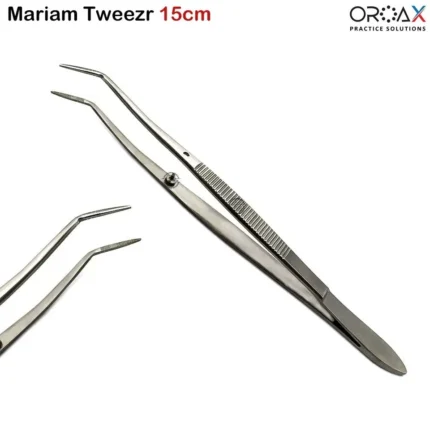

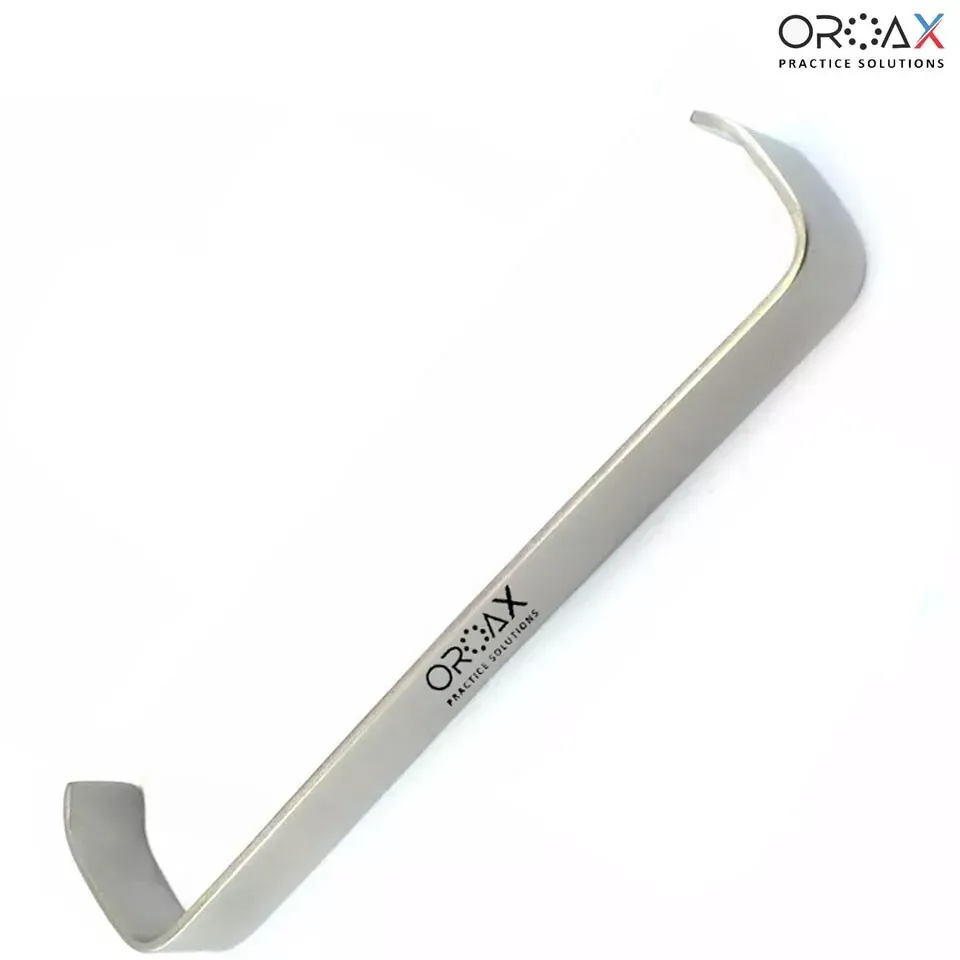

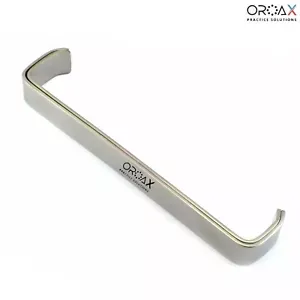




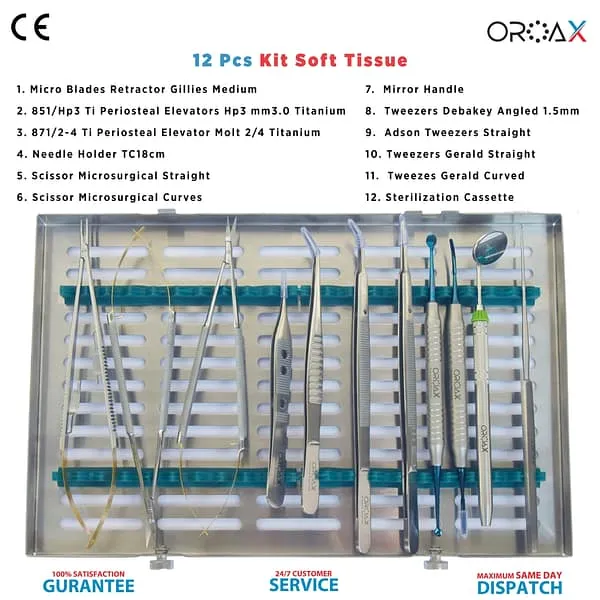
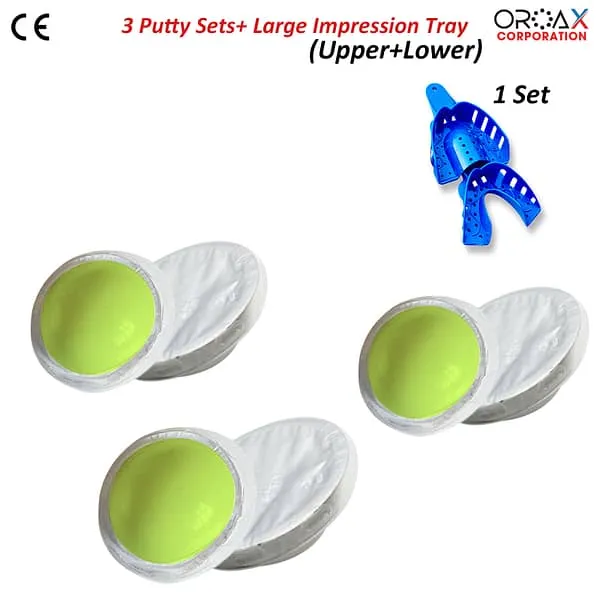

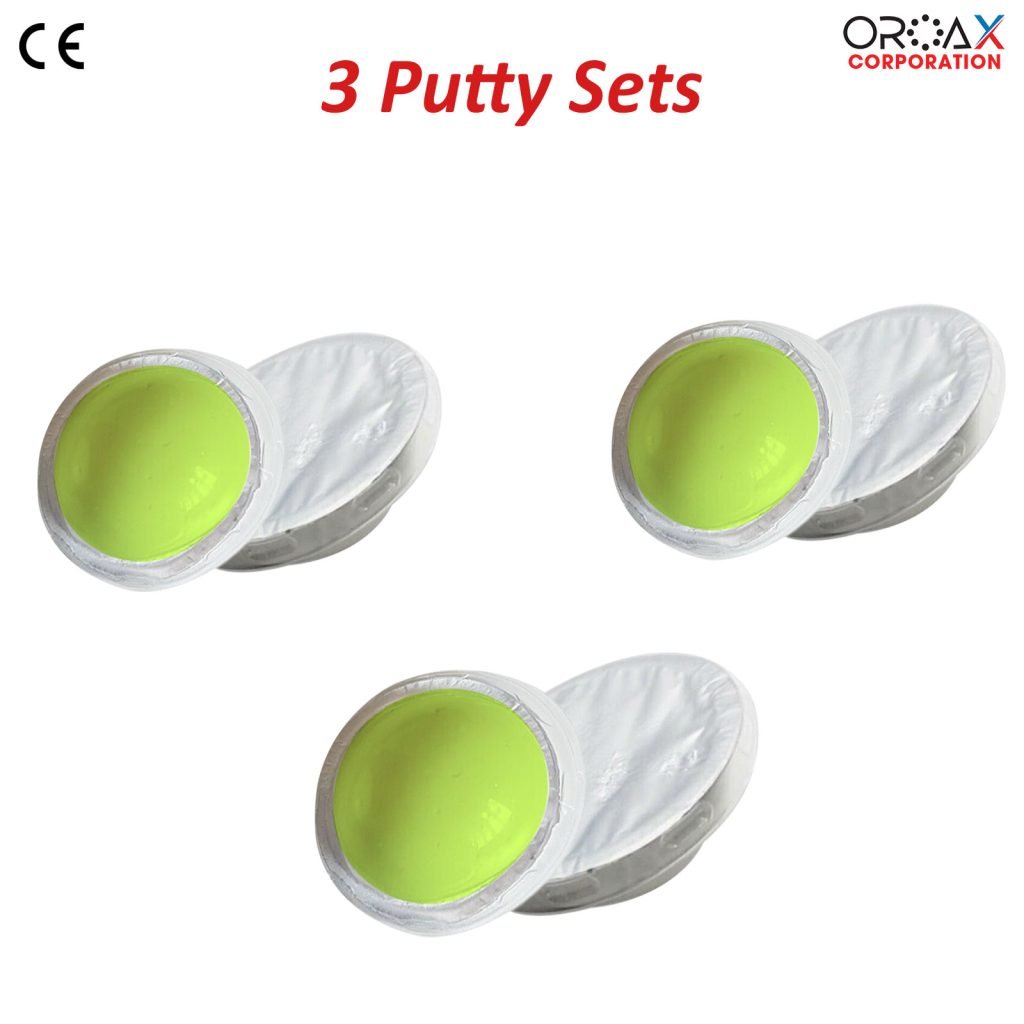
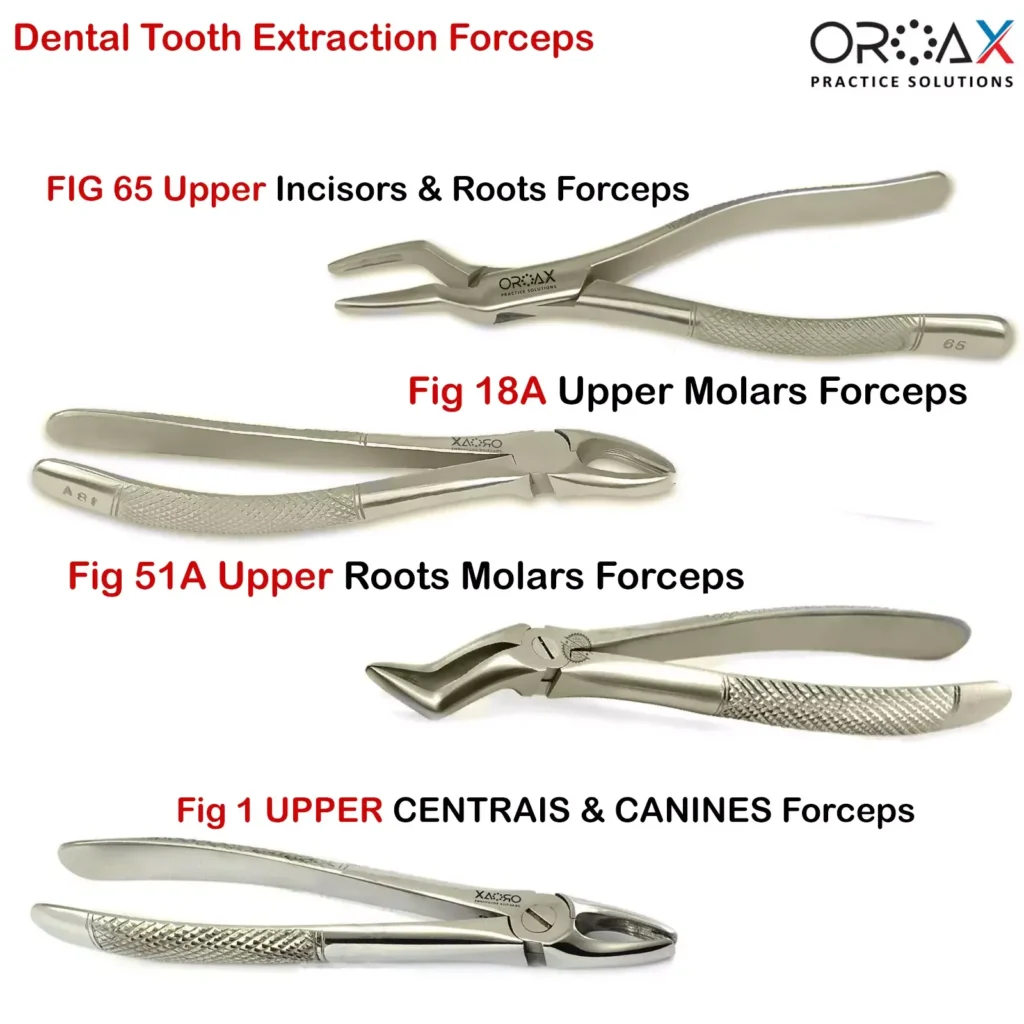
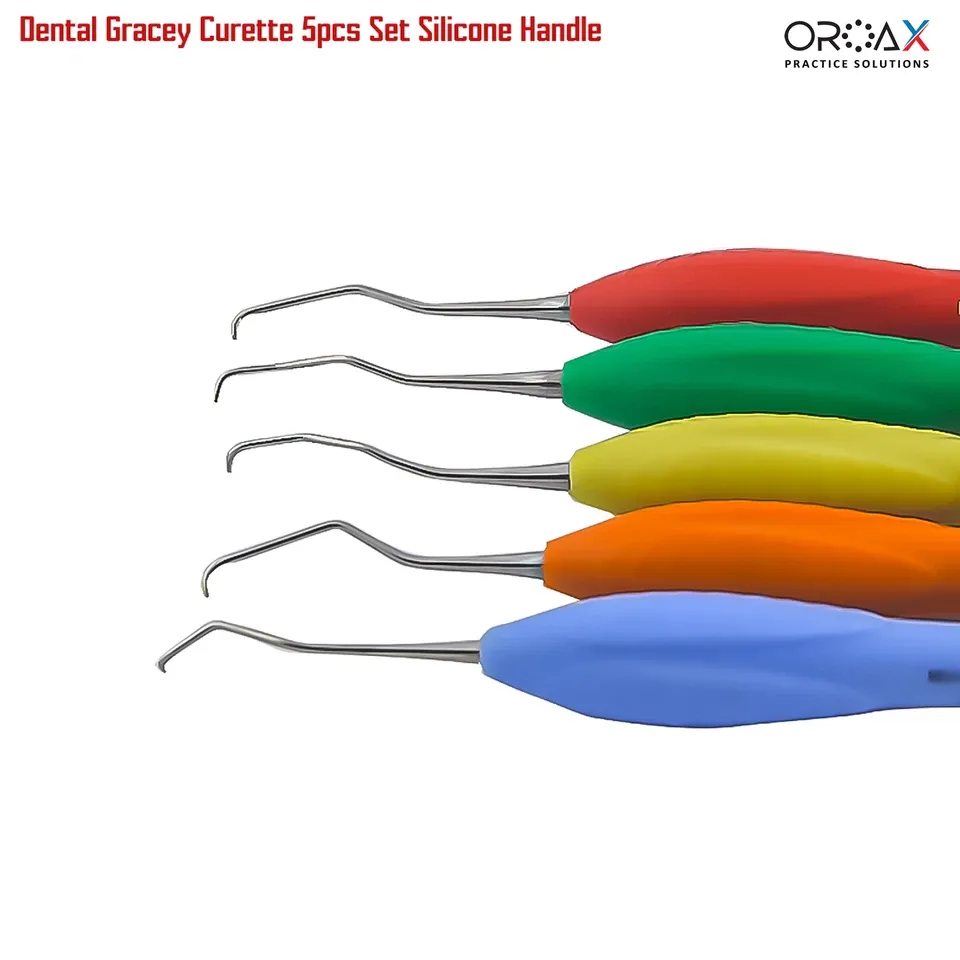
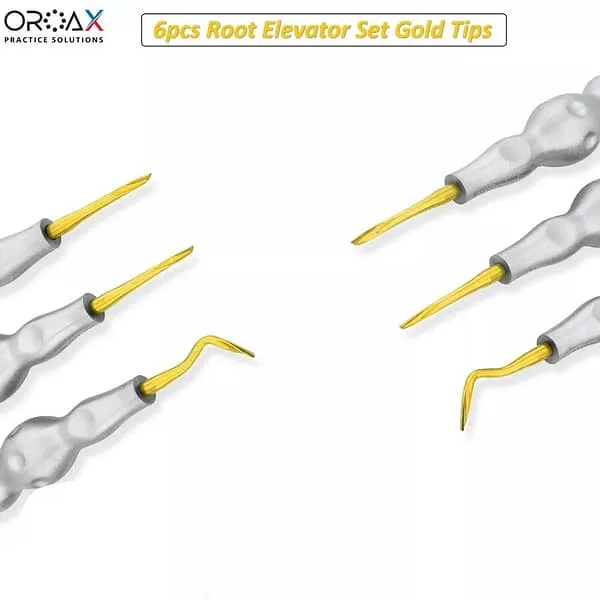
Reviews
Clear filtersThere are no reviews yet.